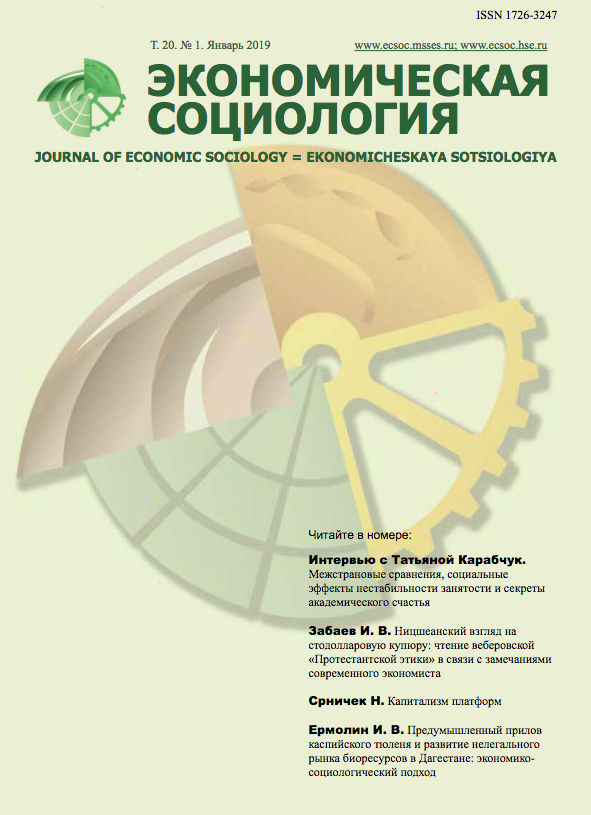Cultural Consumption in Sociological Research: A Review of Measurement Approaches
Abstract
This review highlights sociological approaches to the definition and measurement of cultural consumption. Studies regarding this issue are based on the supposition that cultural preferences depend on social position and, therefore, reflect social structure. Nevertheless, despite the long history of cultural consumption research and the existence of numerous studies addressing this topic, the notion is still vague. Several approaches may be found in the literature. Cultural consumption is analyzed as a part of lifestyle that is dependent on class structure. This framework is related to the distinction between highbrow and lowbrow activities and tastes, where each set of choices is only relevant for a particular class. Criticism and further development of this approach is related to the reevaluation of both the structure of cultural consumption and the basis for distinction. More recent studies have addressed not only the symbolic value of cultural products but have also looked at the range of cultural preferences and the intensity of cultural activities. Along with this, papers tackling the modes of cultural consumption are also present. However, existing papers vary in terms of employing these approaches. On the one hand, the definitions are different; studies analyze practices, tastes, or experiences. On the other hand, researchers use different variables and scales to measure cultural consumption.













